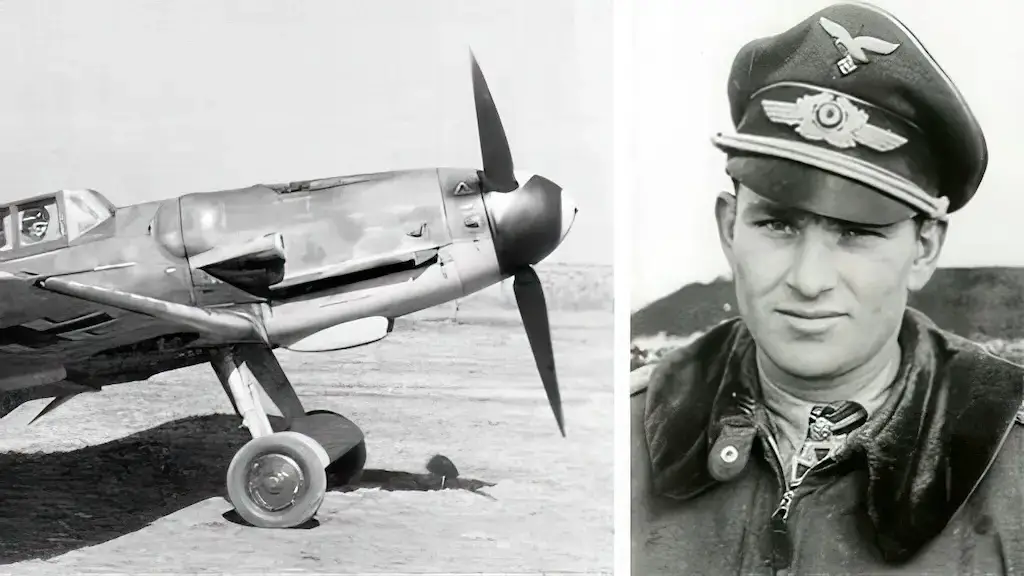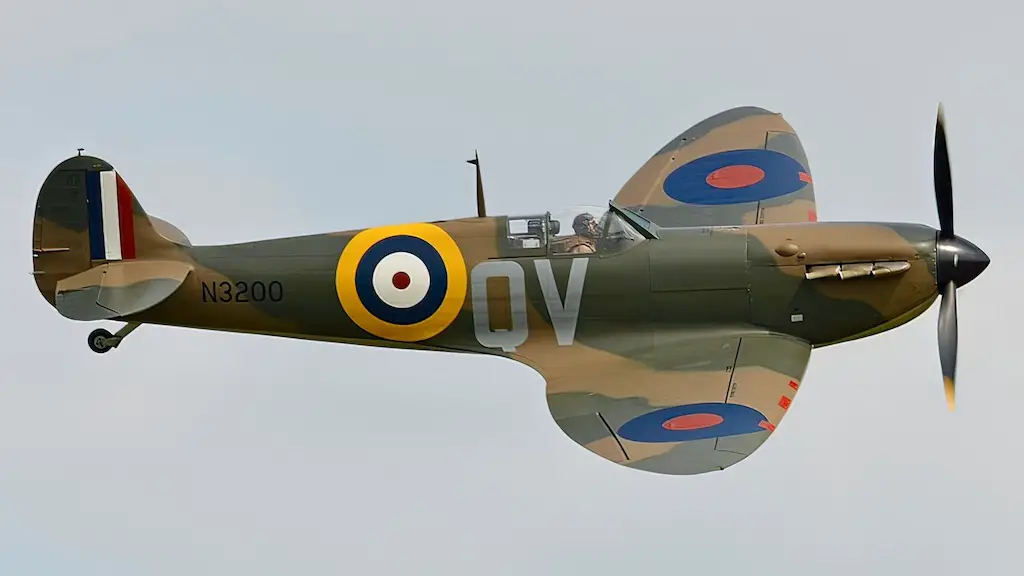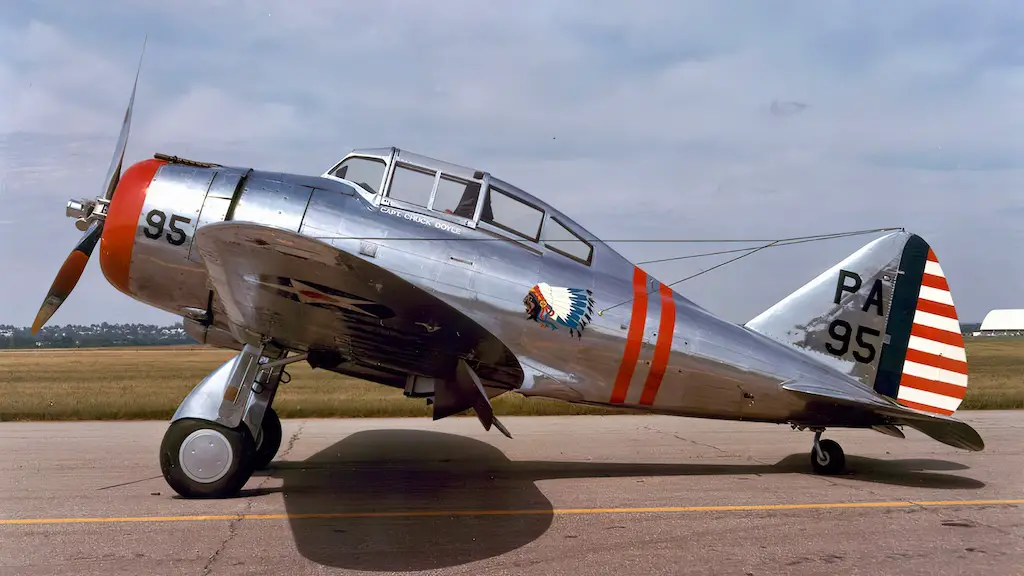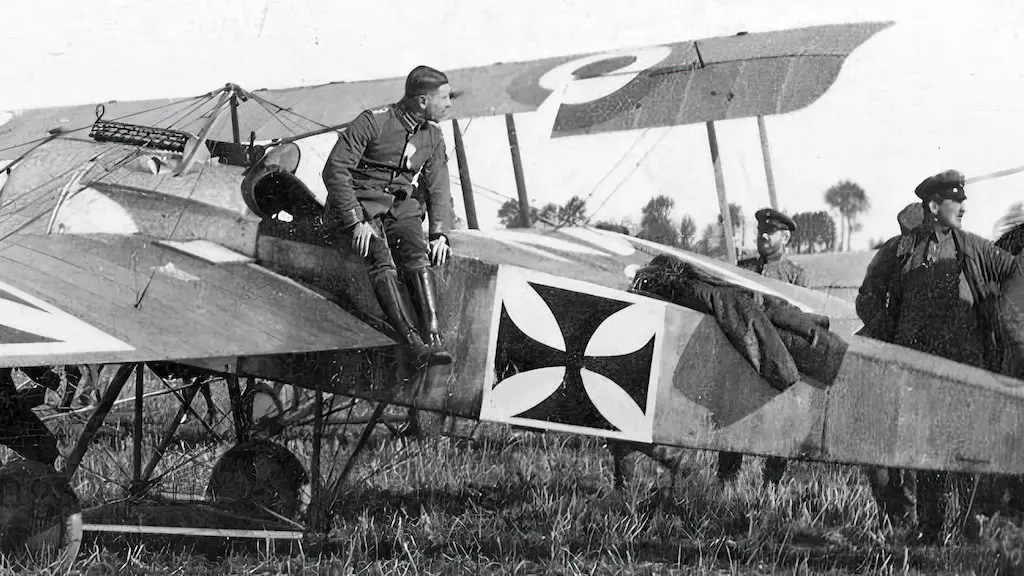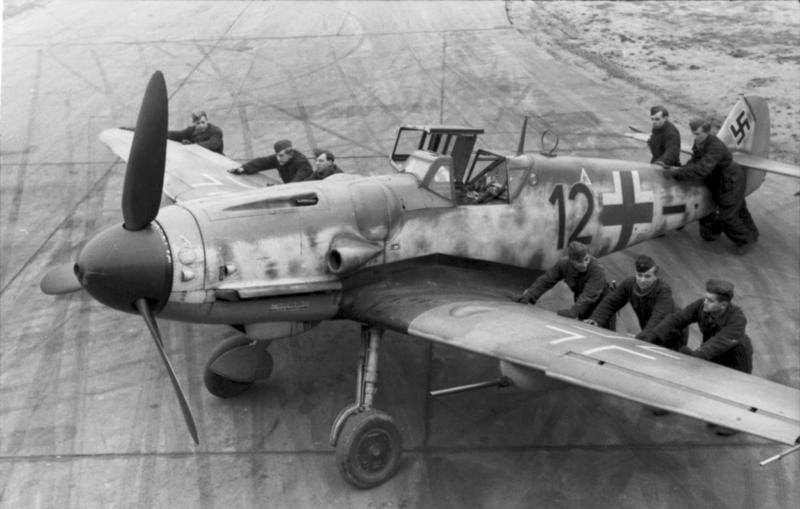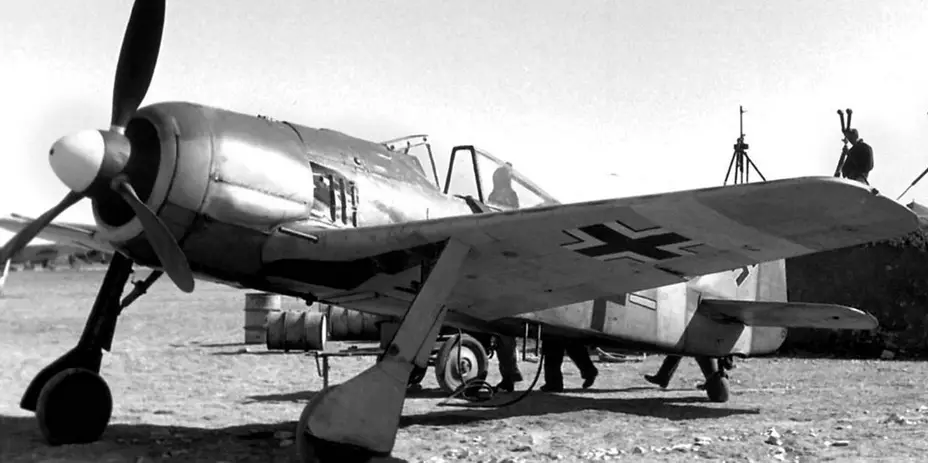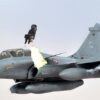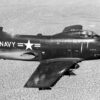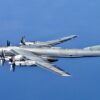Old Habits Die Hard
When the news broke that the famed German Ace, Gerhard Barkhorn, claimed his 302nd kill, twenty years post-war, many were left scratching their heads. A 302nd kill? Was there a secret mission we weren’t privy to? Had old habits stirred within Barkhorn, tempting him into a game of aerial tag with his now “allied” buddies? After all, surely there must be a smidge of temptation when soaring alongside former rivals!
Or maybe, just maybe, in a twist straight out of a Hollywood script, Barkhorn secretly harbored a grudge against an arch-nemesis from WWII. Picture this: Barkhorn, unable to resist the siren song of revenge, stealthily hijacking a jet, and taking to the skies in hot pursuit of his old foe. Maybe it was a peaceful afternoon, with the enemy pilot cruising blissfully unaware, humming to some radio tunes, when – BAM! Barkhorn’s shadow ominously looms overhead!
Alright, alright, perhaps we’re letting our imaginations fly a tad too high. But come on, with a setup like a “302nd kill” decades after the war’s end, who could resist speculating a little?
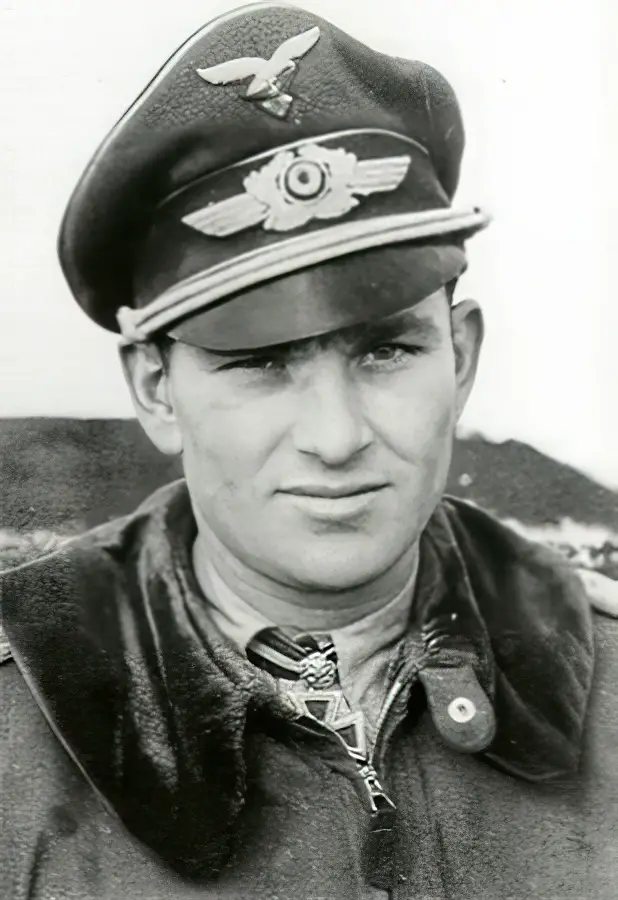
Second to Only One
Barkhorn was a maestro of the ethereal aerial concertos that painted the Eastern Front’s skies. His symphonic prowess in the air, however, was second only to one: Erich Hartmann, the highest-scoring ace of all times and Barkhorn’s close friend. Their shared passion for the skies, combined with their unparalleled skills, made them the dynamic duo of the aerial battlegrounds.
Born with a spark for the skies, Barkhorn became synonymous with fearsome flying machines like the Messerschmitt Bf 109 and the Focke-Wulf Fw 190. These weren’t just iron birds; they were the deadly symphony orchestrators, with Barkhorn as their relentless conductor. In these mechanical beasts, he navigated the ruthless symphony of war, marking the sky with tales of victory and valor, proving that he was not merely a participant but a formidable architect of airborne legends.
His illustrious accolades echoed his extraordinary feats, turning him into a living legend. But even legends have their tribulations. The scathing claws of fatigue and the searing flames of enemy fighters once managed to bring down our maestro. However, the curtains hadn’t fallen; his resilience conducted another magnificent comeback.
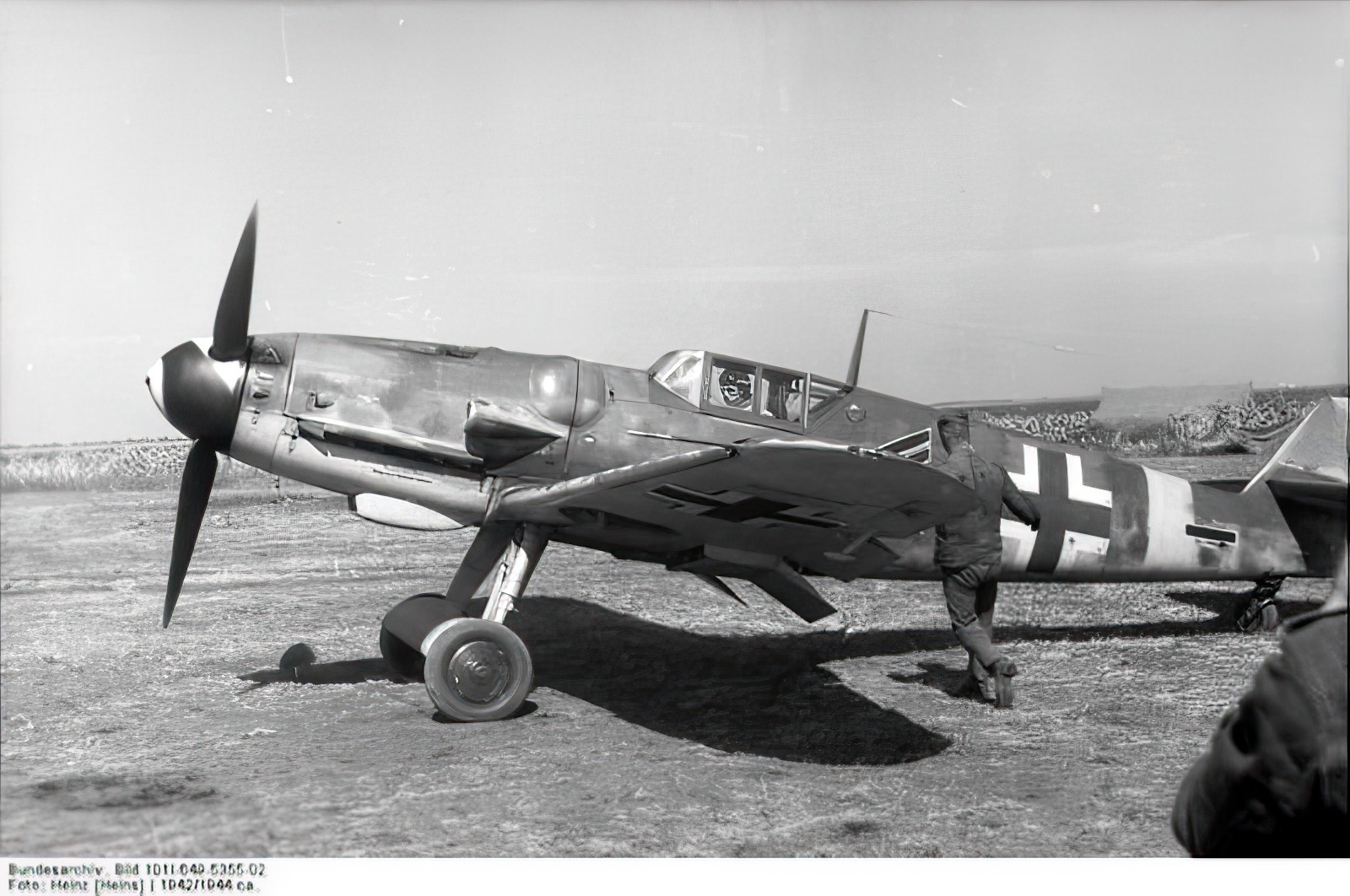
Drei Hundert und Zwei!
The war was a tumultuous saga, but peace ushered in new roles for our indomitable ace. Flying now wore a cloak of serenity, a shift from the furious dances of dogfights. Yet, in 1965, history’s stage was set for a peculiar encore. Barkhorn, as a test pilot in the cockpit of a prototype British Harrier jet fighter, faced an unusual adversary—circumstances that led to a crash. This wasn’t a dogfight, but the skies narrated a curious tale.
Emerging from the wreckage, Barkhorn, with a touch of humor, unveiled his last ‘kill’ score, “Drei hundert und zwei [302]!” A playful jest? Or was it the whimsical echo of past glories in the theater of modern skies?

The Perfect Jest
Could Barkhorn’s 302nd ‘kill’ quip have been a spontaneous creation? Or did the downtime in the wreckage, awaiting rescue, grant him ample time to frame a jest? One can only imagine him, amid the twisted metal of the Harrier, contemplating how to lighten the grim atmosphere.
Maybe it was the silence, the ticking clock, or simply his innate humor that conjured up the perfect punchline. After all, what’s a better way to make an exit from a crash than with a chuckle? With this jest, Barkhorn not only showcased his indomitable spirit but also his wit, solidifying his legend in a light never seen before.
A Tragic End to a Legendary Tale
Despite the numerous dogfights, the high-risk missions, and even an unexpected aviation crash, it wasn’t the skies that took the ace pilot. On January 6, 1983, a cruel twist of fate saw Barkhorn involved in a devastating car crash near Cologne. The accident claimed his wife immediately, leaving Barkhorn and a friend grievously injured. Although he was whisked away to a hospital, the injuries proved too severe, marking the end of an era.
It’s tragic and profoundly ironic that a man who dodged death in the sky so many times met his end on the ground.

